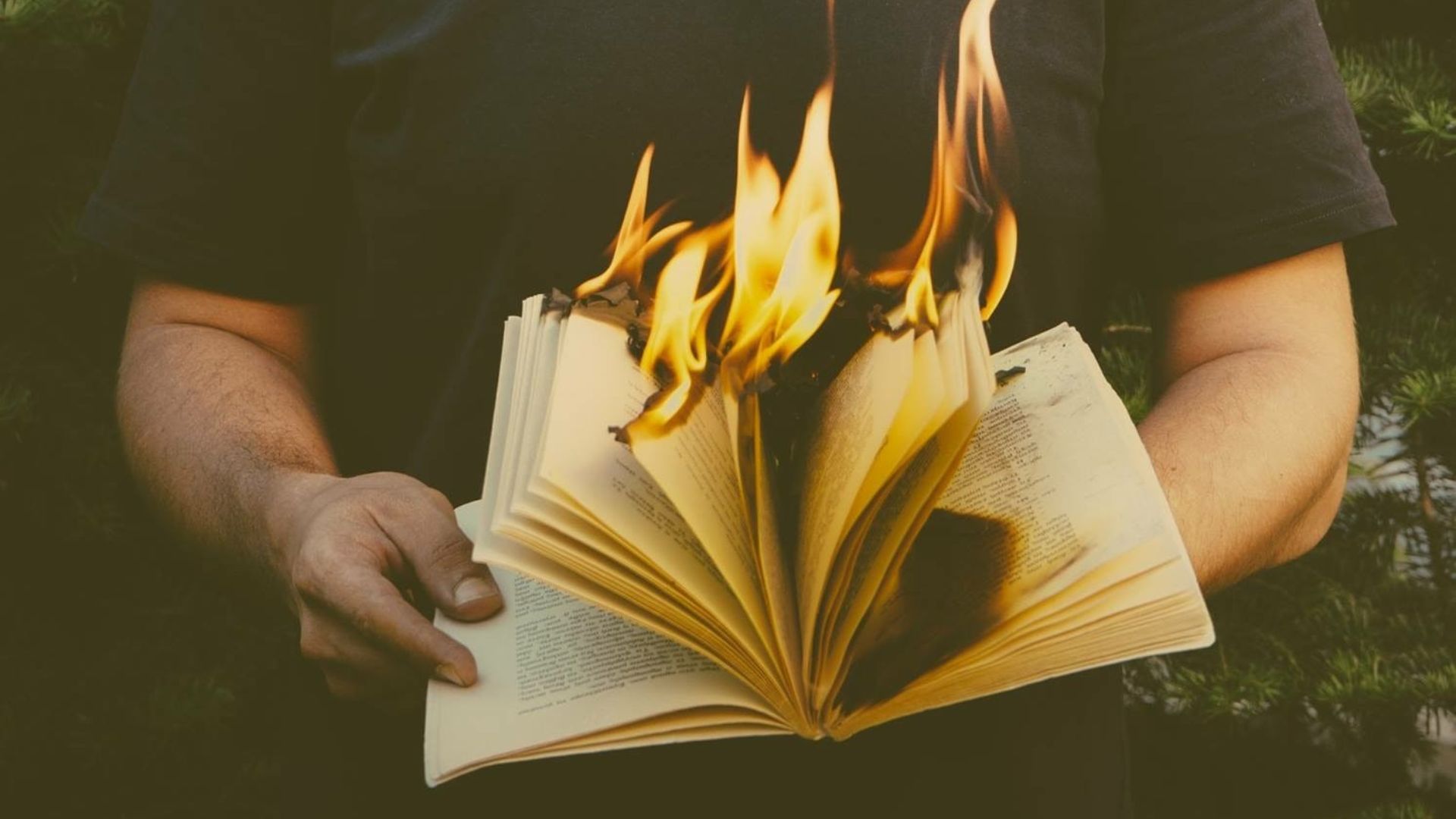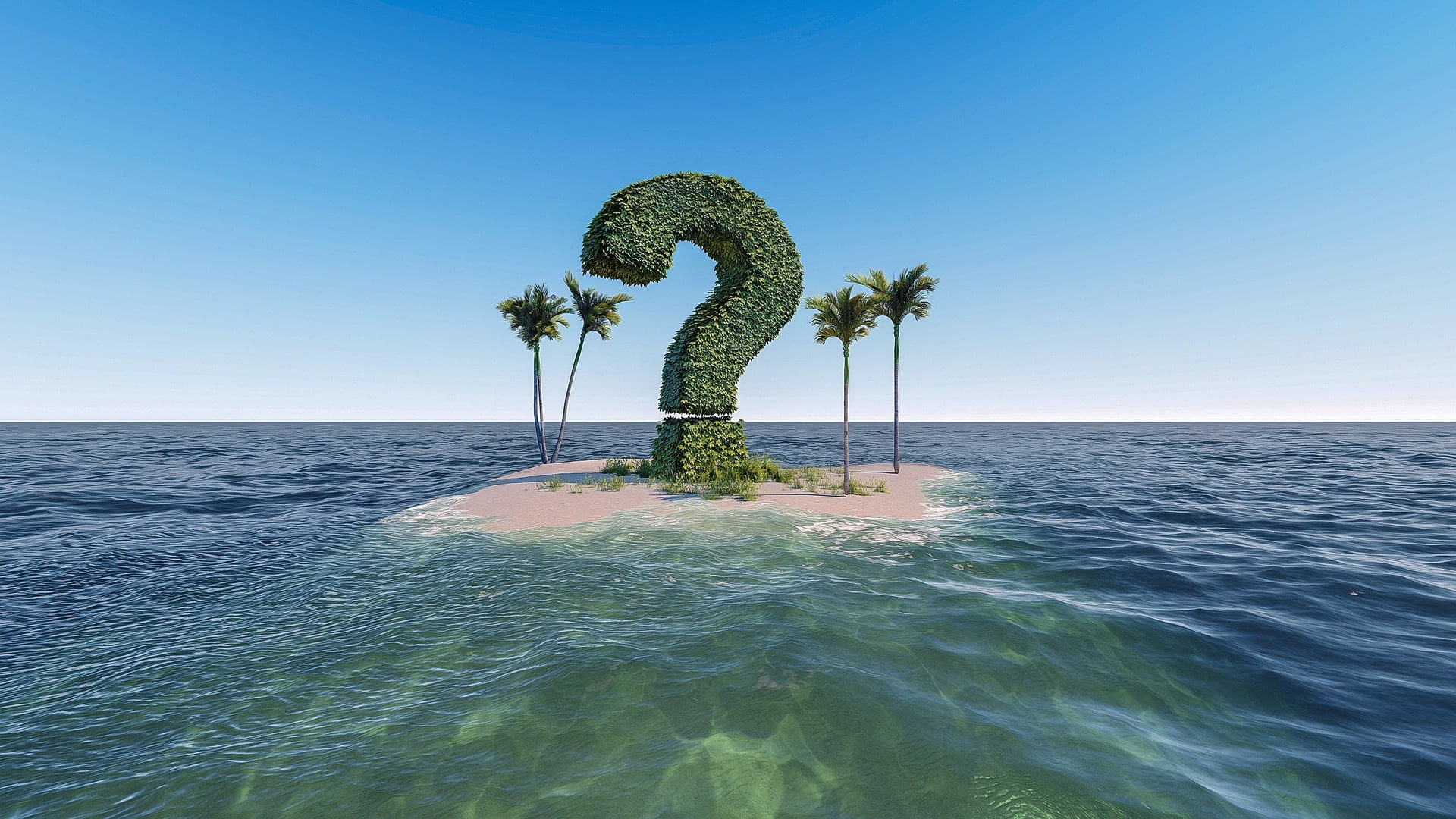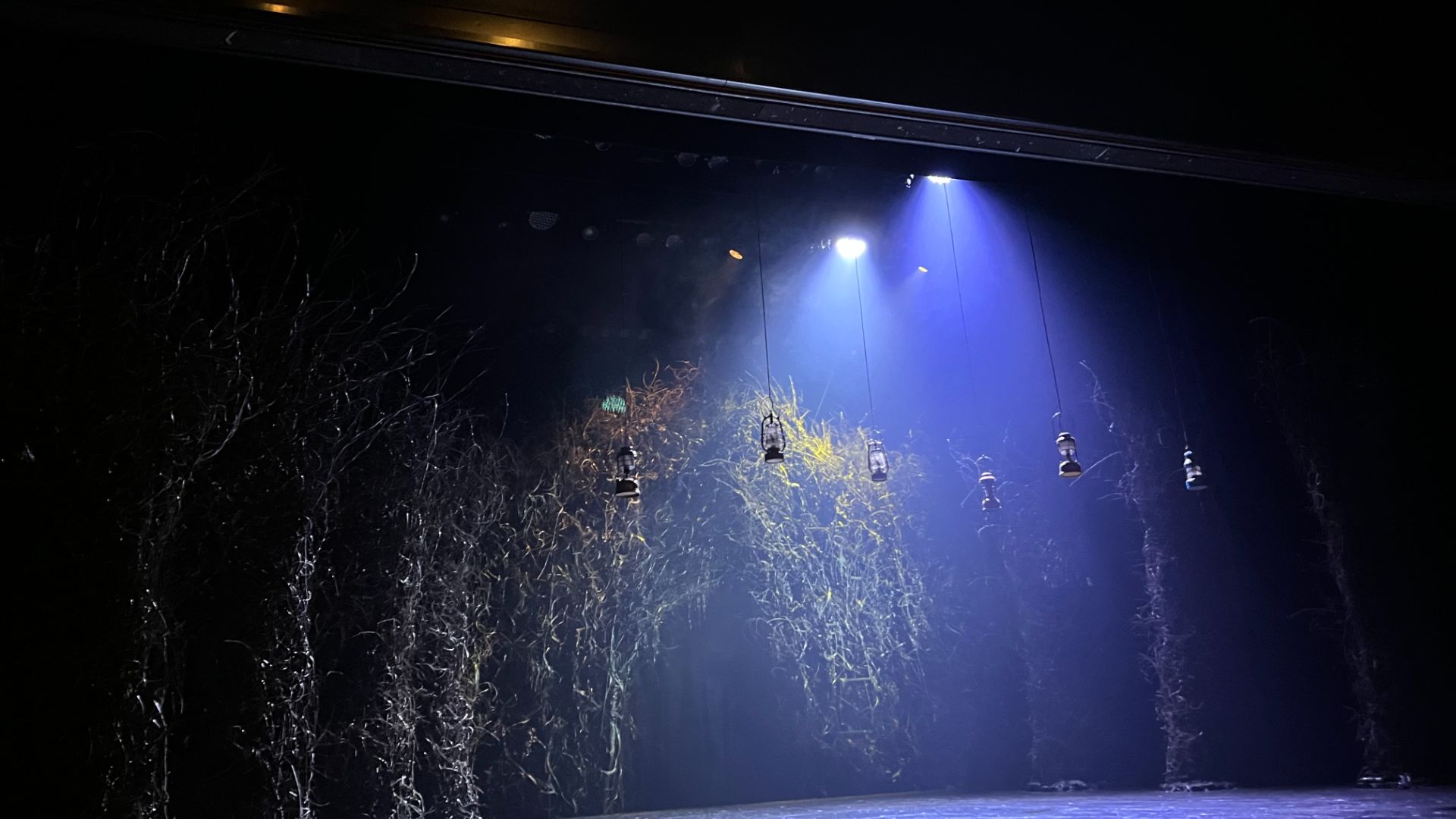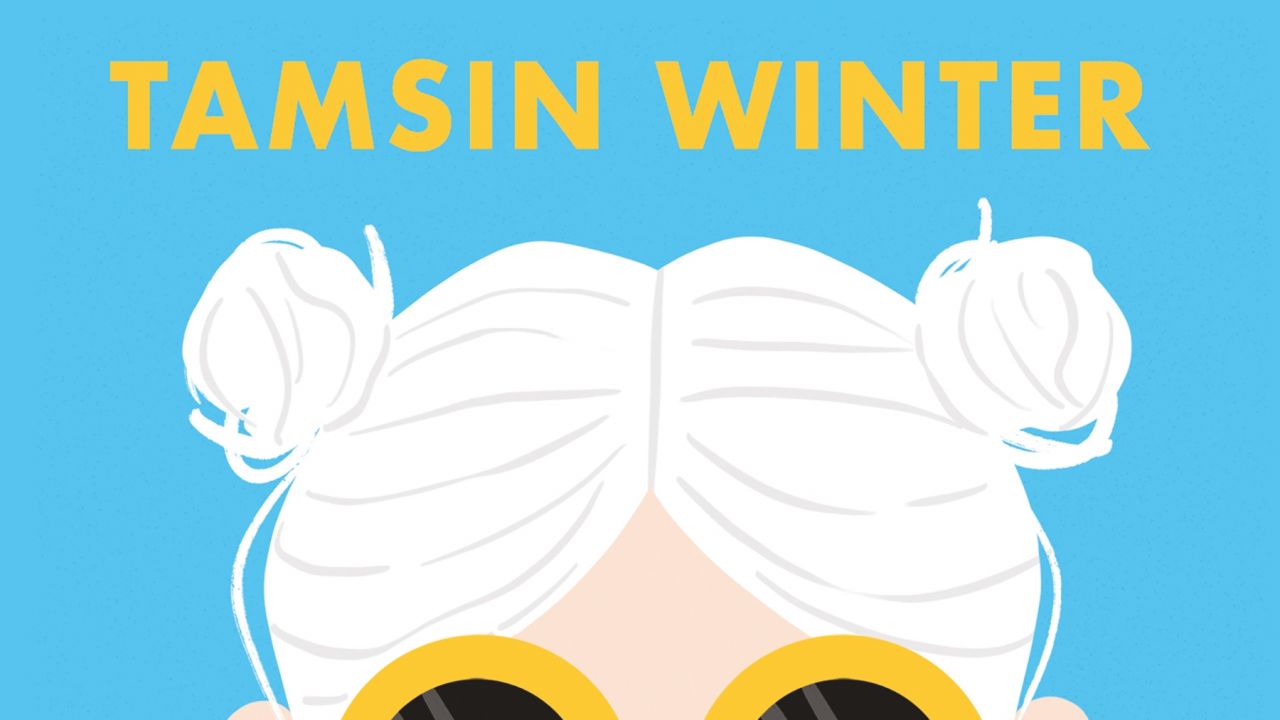Censorship in the media can seem like a confusing idea. Media censorship is the idea that some information and expression is harmful or objectionable and should therefore be supressed – this can be done by governments, industry bodies such as the BBFC (British Board of Film Classification) and Ofcom or individual companies and publishers themselves. Nowadays, in a time of heightened sensitivity, some argue that the limitations placed on the media are invalid and unjust.
The limitations on freedom of speech and expression differ from genre to genre; with books there are fewer limitations than in newspapers but there are still many books that have been banned in the UK. “The Well of Loneliness” by Radclyffe Hall was banned from 1928 to 1949 as a result of campaigns from Sunday Express editor, James Douglas, under the pretence that it violated the Obscene Publications Act 1857. It was removed from circulation for normalising ideas of lesbianism. At the time this was considered being in the best interests of the public, but with the benefit of hindsight we can see that it was homophobic and discriminated against perfectly valid literature.
Media censorship can be seen as a useful tool in removing harmful content from public circulation, for instance the show “Come Fly with Me” was banned from Netflix in 2020 for its use of blackface, which promotes negative stereotypes of Black people. This use of regulation can be viewed in a positive light as it removes some of the hate that is still woven into our society and sends a strong message that racism will not be tolerated.
Is there a middle ground between censoring content and allowing unacceptable and potentially harmful content to permeate popular culture? Disney+ took the step of adding a disclaimer to problematic older films like The Jungle Book and Dumbo to warn viewers that scenes show outdated and offensive cultural stereotypes rather than removing the films from the streaming service altogether. Arguably this gives viewers the chance to see for themselves what is wrong with those depictions and learn from the mistakes made in the past.
How does censorship translate into the modern world of social media? The reality is that social media is a fairly open place, most social media platforms are self-regulated, this means that they decide who or what is allowed on their platform. People become upset when limits fall on their ability to promote their political views or what they consider “free speech” and this is often used as a defence by social media platforms regarding promoting questionable opinions and viewpoints – for example giving platforms to the speeches of Andrew Tate and Tommy Robinson. This idea comes from Article 10 of the UN Convention on Human Rights which gives everyone the right to “hold opinions and to receive and impart information and ideas without interference by public authority and regardless of frontiers”. The issue lies when trying to draw the line between free speech and “hate speech” which incites violence, discrimination and is against the law. Blanket bans on media accessibility for those with radical views that are considered harmful and illegal can be restricted, for the true benefit of the public, for example when Donald Trump and Andrew Tate were kicked off Twitter and the Metaverse. Overall, censoring media is centuries-long practice which still has a place in our modern reality and needs to be seen as vital in protecting communities by not giving a platform to hateful people and groups, rather than a nasty limit of creative and personal freedom.




